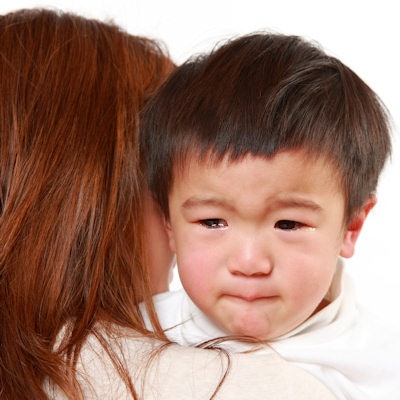
You might not have studied cognitive behavioral therapy (CBT) in dental school, but the findings of a new study suggest that using this technique might help reduce anxiety among pediatric patients visiting your office, leading to more productive visits.
More than a third of children have some form of dental anxiety, which could make their parents less likely to take them to a dentist's office for the necessary care. This anxiety can continue into adulthood, meaning these patients may not seek the care they need.
"There is the potential for significant long-term benefits if early access to psychological interventions is available to reduce dental anxiety," lead author Jenny Porritt, PhD, and colleagues wrote in a study in JDR Clinical & Translational Research (November 1, 2016).
Development of a resource
Researchers from the U.K. wanted to see if a guided self-help cognitive behavioral therapy resource could be developed to help manage the dental anxiety of children.
“There is the potential for significant long-term benefits if early access to psychological interventions is available to reduce dental anxiety.”
In the first part of the study, 13 children and 19 dental team members participated in the development of a self-help resource focused on "enhancing the coping skills of individuals with anxiety using a mixture of cognitive and behavioral techniques."
The children and their parents were interviewed about their past dental anxiety and situational/contextual factors to be addressed. The dental team members also were interviewed and asked about their experience with patients' dental anxiety and how it was managed. These interviews led to the development of a child-centered resource guide called "Your teeth. You are in control." that is available here.
The material tries to help dentists and their team alter the thoughts, feelings, and behaviors of pediatric patients, while offering resources to help guide and build the dentist-patient relationship, according to the study authors.
The researchers assessed the program's effectiveness by studying a group of 48 children with a mean age of 12.3 years. After using the resource, the children were asked if going to the dentist changed since their first visit, with 73% indicating they felt a "lot less worried" and another 25% stating they were a "little less worried."
In response to the question "Has how you feel about going to the dentist changed since you started using the green booklet?" 60% stated they felt a "lot less worried," while 35% said they felt a "little less worried." One child said there was no change, and one patient's data were missing.
The researchers measured the mean Modified Child Dental Anxiety Scale score at baseline and after the CBT intervention. Initially the score was 25.0, but it dropped to 17.4 at follow-up.
Appropriate for all children?
While the results of the study were positive, this method would "not be an appropriate management approach for all children with dental anxiety," the authors wrote. They also noted that the design of the study made it difficult to know if the intervention or the desensitization (effects of the dental treatment) had the most impact. They also reported that this study was done in a community-based dental setting, and the impact of the resource in a general dentistry practice would need to be studied.
Despite these study limitations, the intervention had benefits, the authors noted.
"The results revealed a significant large reduction in dental anxiety following the CBT intervention," the authors concluded.



















